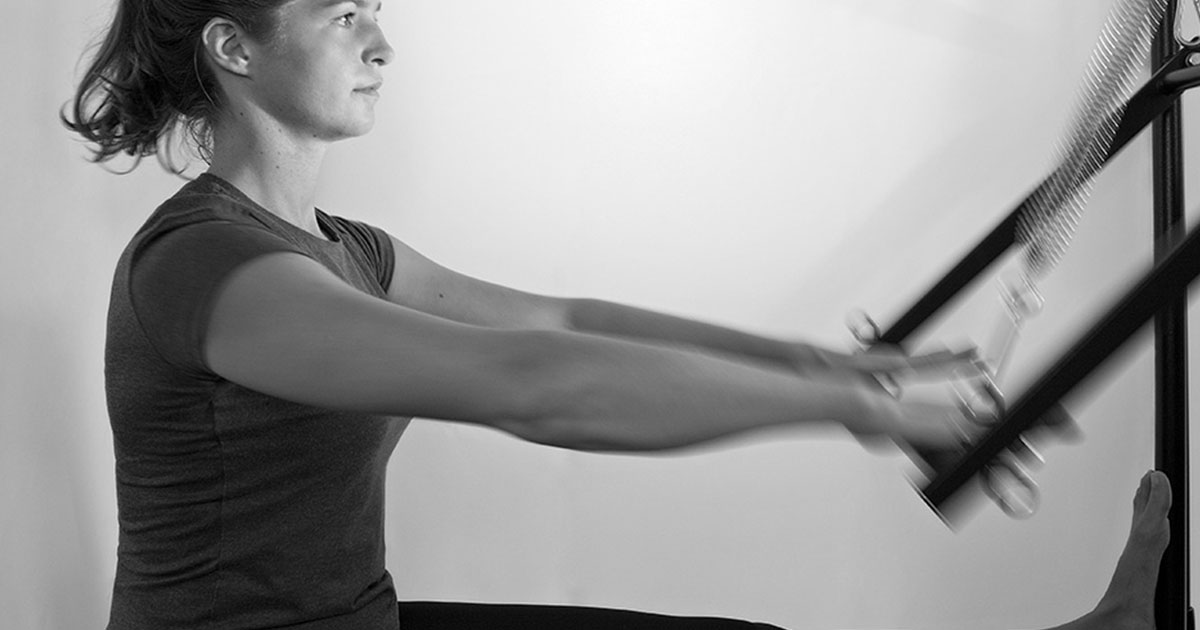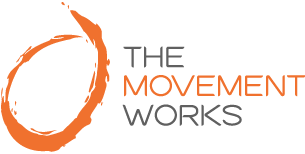Physical Activity, Exercise, Movement and Health
‘If physical activity were a drug, we would refer to it as a miracle cure, due to the great many illnesses it can prevent and treat’ [1].

This quote from UK’s Chief Medical Officers’ physical activity guidelines gives a clear communication about the importance of physical activity on the health of the nation.
PHYSICAL ACTIVITY is good for us! It is associated with greater longevity, improved joint bone and muscle health, reduced risks of heart disease, obesity, stroke, type 2 diabetes and cancer [2-4]. In England, one in five adults suffers from at least one mental health disorder (e.g., depression and anxiety) [5] and this can be postively influenced by physical activity [6].
Exploring a few terms around PHYSCAL ACTIVITY
The World Health Organsiation defines physical activity as any movement of the body produced by skeletal muscles that requires energy expenditure, including activities undertaken whilst, working, playing, carrying out household chores, travelling, and engaging in social and recreational pursuits [7]. Increasing and maintaining physical activity levels is crucial for health and the World Health Organisation’s (WHO) global action plan aims to cut physical inactivity by 30% by 2030 [8]. The COVID-19 pandemic has focused attention on health and physical activity, as those presenting with severe symptoms and those that have died from the disease, have a high prevalence of coexistent conditions including diabetes, cardiovascular disease and obesity [9]. The message is strong; we need more emphasis on enabling people to become active and remain active.
Physical activity is movement. McGonical neatly defines movement as ‘using your body to engage with life’ [10,11]. Sarah’s research and clinical practice explores how changes in the way people move can influence their ability to be physically active, and use their body to engage with life, which ultimately influences their health. The Movement Works blog will consider various aspects of movement and how to:
ASSESS movement quality through observation and tests
INTERPRET the results to shape individual movement coaching
EMPOWER individuals to RESTORE movement quality and re-engage with life.
What about exercise? We can look at this as a subcategory of physical activity and define it as an activity that is planned, structured, repetitive, and aims to improve or maintain one or more components of physical fitness [12]. The Movement Works uses exercises when necessary but the focus is on restoring movement – thus enabing enabling individuals to engage with life.
Restoring the Health of Movement at The Movement Works
[1] Department of Health and Social Care. 2019. Physical activity guidelines: UK Chief Medical Officers' report [Online]. Available: https://www.gov.uk/government/publications/physical-activity-guidelines-uk-chief-medical-officers-report [Accessed 19/06/2020].
[2] Lee, I. M., Shiroma, E. J., Lobelo, F., Puska, P., Blair, S. N., Katzmarzyk, P. T. & Lancet Physical Activity Series Working, G. 2012. Effect of physical inactivity on major non-communicable diseases worldwide: an analysis of burden of disease and life expectancy. Lancet, 380, 219-29, 10.1016/S0140-6736(12)61031-9
[3] Herring, M. P., O'Connor, P. J. & Dishman, R. K. 2010. The effect of exercise training on anxiety symptoms among patients: a systematic review. Arch Intern Med, 170, 321-31, 10.1001/archinternmed.2009.530.
[4] Skou, S. T., Bricca, A. & Roos, E. M. 2018. The impact of physical activity level on the short- and long-term pain relief from supervised exercise therapy and education: a study of 12,796 Danish patients with knee osteoarthritis. Osteoarthritis Cartilage, 26, 1474-1478, 10.1016/j.joca.2018.07.010.
[5] Public Health England. 2019. Health Profile for England [Online]. Available: https://publichealthengland.exposure.co/health-profile-for-england-2019 [Accessed 01/10/2020].
[6] Chekroud, S. R., Gueorguieva, R., Zheutlin, A. B., Paulus, M., Krumholz, H. M., Krystal, J. H. & Chekroud, A. M. 2018. Association between physical exercise and mental health in 1.2 million individuals in the USA between 2011 and 2015: a cross-sectional study. Lancet Psychiatry, 5, 739-746, 10.1016/S2215-0366(18)30227-X.
[8] World Health Organisation. 2018. Global action plan on physical activity 2018-2030: more active people for a healthier world [Online]. Available: https://www.who.int/ncds/prevention/physical-activity/gappa/action-plan [Accessed 01/10/2020].
[9] Apicella, M., Campopiano, M. C., Mantuano, M., Mazoni, L., Coppelli, A. & Del Prato, S. 2020. COVID-19 in people with diabetes: understanding the reasons for worse outcomes. Lancet Diabetes Endocrinol, 8, 782-792, 10.1016/S2213-8587(20)30238-2.
[10] Chatterjee, R. 2020. Discover the Joy of Movement [Podcast]. 22 April. Available from: https://drchatterjee.com/discover-the-joy-of-movement-with-dr-kelly-mcgonigal/. [Accessed 08/08/2020].
[11] McGonigal, K. 2019. The Joy of Movement, How exercise helps us find happiness, hope, connection and courage, New York, Avery.
